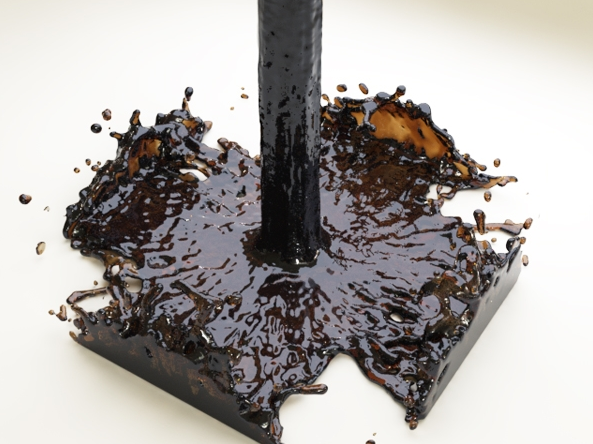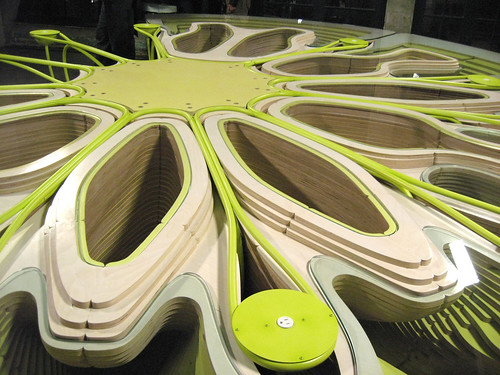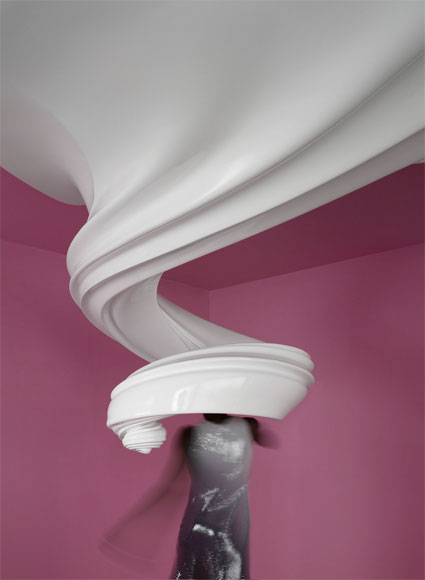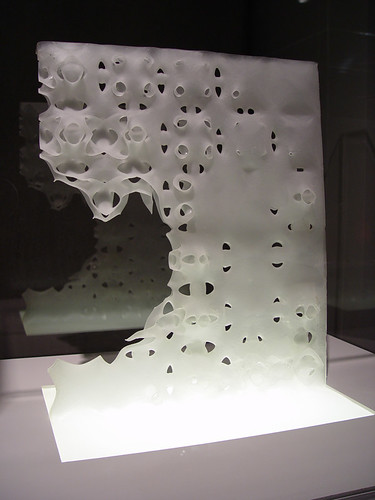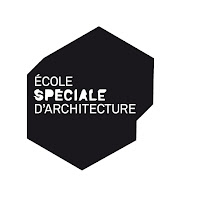Jeudi 25 mars 2010, amphi Cinéma
19h : Conférence de marcosandmarjan
Marcos Cruz et Marjan Colletti présenteront le sujet du workshop, leurs attentes et répondront aux questions des étudiants. Lancement du workshop.
Vendredi 26 mars à 17h
Date limite d'inscription au workshop
Du vendredi 26 mars au jeudi 1er avril
marcosandmarjan suivra le travail des étudiants :
• vendredi 26/03 – de 10h à 12h et de 14h30 à 17h (M. Cruz)
• samedi 27/03 – de 10h à 12h (M. Colletti) et de 14h30 à 17h (M. Cruz)
• lundi 29/03 – de 10h à 12h et de 14h30 à 17h (M. Colletti)
• mardi 20/03 – de 9h30 à 12h (M. Cruz) et de 14h30 à 17h (M. Colletti)
• mercredi 31/03 – de 10h à 12h et de 14h30 à 17h (M. Colletti)
• jeudi 1/04 – de 9h30 à 11h (M. Colletti)
ATTENTION : Les cours sont arrêtés pendant toute la durée du workshop, à l'exception du lundi 29 mars. Ils reprendront le vendredi 2 avril.
Vendredi 26 mars
9h30 – 12h30 : Jean-Claude Moreau – Groupe de travail / Mezzanine
"Déchiffrage – Défrichage du Contexte et du Sujet".
Lundi 29 mars
9h30 – 12h30 : Jean-Claude Moreau – Groupe de travail / Mezzanine
"Déchiffrage – Défrichage du Contexte et du Sujet".
11h : Brent Patterson – Groupe de travail / Mezzanine
Discussion / réflexion conceptuelle autour du sujet « Le sacré et le sacrilège : Georges Bataille et l'architecture »
Mardi 30 mars
Mercredi 31 mars
Jeudi 1er avril à 12h
Date limite de dépôt du projet.
Jeudi 1er avril
15h – 18h : un jury composé d'Odile Decq, Marie Hélène Fabre, Nathalie Seroussi, Roland Wahlroos-Ritter se réunira sous la présidence de marcosandmarjan (Marcos Cruz et Marjan Colletti).
18h : proclamation des résultats en présence du jury.
18h30 : photo annuelle de l'école à l'occasion du workshop.
Venez nombreux !
Le jury sélectionnera un projet pour être réalisé et exposé à la Royal Society Summer Exhibition du 25 juin au 4 juillet (
http://royalsociety.org/Summer-Science)
Les travaux ayant été sélectionnés par le jury (1er prix et mentions) seront également affichés au moment de la nuit Spéciale Eté 10 et pendant tout l'intersemestre d'été. Ils seront également publiés dans la revue du semestre.











